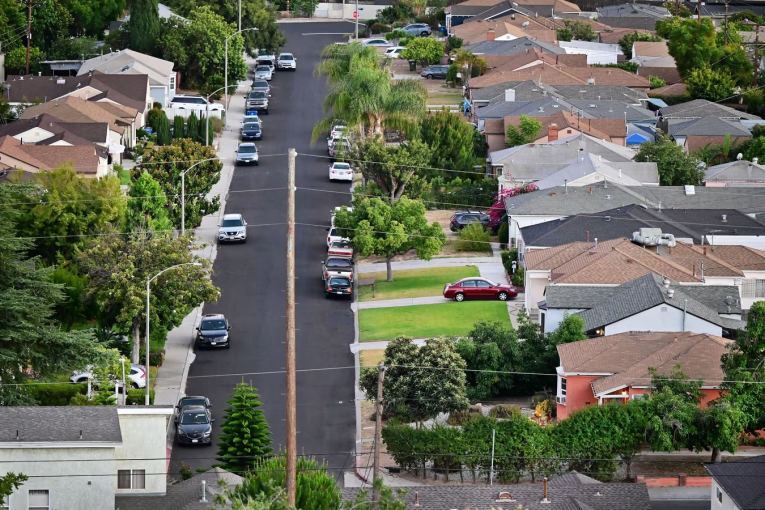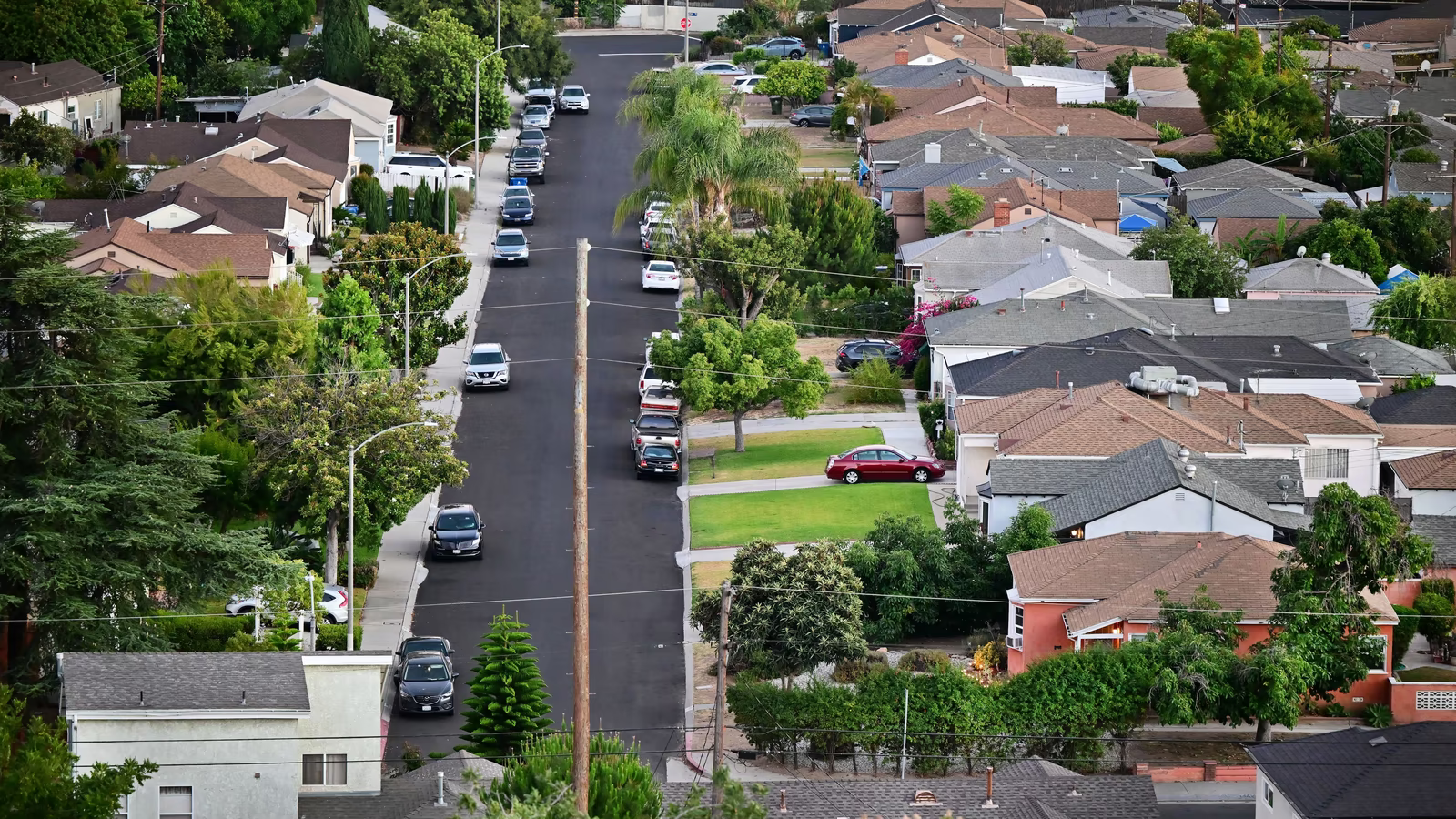

By David M. Greenwald
Executive Editor
Davis, CA – At a level of national politics, many have looked at demographic trends in the US and inferred from them that politics would ultimately shift to the left as people of color increase their proportion of the population and thus the voting base. But many data experts warn that demographics are not destiny.
A similar factor may play out locally on land use issues. My abiding belief has been that as the generation that came of age in the 70s and before ages out of the political process, we will see a shift in Davis politics on housing and growth at least in a more moderate direction.
We see pretty sharp demographic lines in Davis. I have often noted that those opposing a given project tend to be older than 50, while most who participate and are under 50 have tended support projects. The polling over the years bears that out – the younger a person is, the more likely they are to support housing.
The recent polling from the city, shows by far the biggest area of concern is lack of affordable housing – it is not only the top issue named by nearly one-third of voters, but three-quarters of voters consider it a serious problem.
While the median age in Davis is just 26 – that’s misleading. That includes student populations, many of which are transitory and do not vote here. When I saw an early breakdown of who had caste their ballots, I realized if those demographics held, DiSC 2022 would go down overwhelmingly – which is indeed what happened.
The demographics are real and it has to do with the fact that younger generations believe that housing costs have pushed them out of a potential market. That said, demographics are not destiny.
In a piece that was sent in the Atlantic Daily Newsletter this week, Jerusalem Demsas notes, “The Next Generation of NIMBYS,” or “Younger buyers who sunk their savings into new homes have too much to lose.”
Demsas writes: “When we think of the typical NIMBY—a pejorative term (short for “Not in My Backyard”) for someone who opposes change in their community, especially if they don’t oppose that change somewhere else—we tend to imagine an upper-middle-class Boomer, shaking his fist at the sky as someone builds affordable housing or a new wind turbine in his neighborhood. Research backs this up: The types of people who show up at local meetings to oppose new housing are older, more likely to be white, and more likely to be homeowners than those who don’t.”
But Demsas found that the pandemic “turbocharged the development of a new variant of the change-averse homeowner: The Millennial NIMBY.”
A major driver of the demand now is from first time homebuyers according to new research from Freddie Mac. First time loans were up 22 percent from 2020, according to chief economist Sam Khater writes. “That’s the highest level since tracking began in 1994.”
Demsas duly notes that being a homebuyer does not automatically make one a NIMBY.
Demsas quips, “the people who attend zoning-board meetings to try to block new construction, or who hire lawyers to try to stop renewable-energy projects or mass transit from being built, are very weird and represent a very small percentage of people who own homes.”
But Demsas worries, “many of them will soon be desperate to maintain their property value—a key ingredient for NIMBYism.”
Demsas has a longer treatise on why NIMBY-ism is bad (see here). In short, Demsas believes, “it plays a large role in our critical undersupply of housing, our inability to build mass transit, and the floundering of renewable-energy projects such as wind and solar farms.”
Manmy believe that when homeowners become “homevoters” they will act to headoff potential declines in their property value. As I noted earlier this week, that same phenomenon led to the advent of redlining when lending institutions downgraded neighborhoods based on Black residency.
As the article notes, what is important here is not necessarily the reality of decreased home value, but in fact, extreme “risk-aversion.”
“Even if new condos down the street are probably not going to hurt your home value, why take the chance?”
In fact, this plays across Davis. What we have seen is that voters say they are for housing, and if they don’t believe the housing will impact their quality of life they will often but not always support it (there is about a 35 to 40 percent block of voters who oppose any housing in Davis). But the second it becomes a threat either to home value or other quality of life issues like traffic, that is sufficient.
But the millennials might be particularly vulnerable to NIMBYism because they have more at stake.
The article notes, “now a large swath of Americans not only have sunk much of their savings into new homes but also are more likely to come across costly issues with those new homes, given the frenzy with which they bought them. Unlike their older counterparts, who likely have more diversified savings portfolios, these young homeowners have tied their money up in their houses. While all homeowners care about the value of their property, it stands to reason that people who bought houses with potential resale-value issues—or who have no other savings to rely on in case of a medical or other financial emergency—will be that much more worried about any potential declines in value.”
Writes Demsas: “This is one of the first steps on the road to becoming a NIMBY: Feeling like your entire financial future rests on the worth of a single asset—an asset whose worth you have very little control over.”
Still Demsas has some hope, “It’s possible that younger homeowners may be less prone to NIMBY-ism than their forebears. After all, they are more liberal and likely to be accepting of new neighbors, and they also are less likely to harbor anti-renter sensibilities, given that they spent more of their lives as renters themselves. But I’m worried—when personal finances square up against political ideals, guessing what the winner will be is not hard.”
Another illustration of why it’s important to recognize that demographics are not destiny.







Once again the Vanguard attempts to simplistically equate all anti-sprawl voter attitudes with financial self-interest as if attributing this derogatory attitude and name to NIMBYs somehow justifies its own pro-development world-view.
Maybe, just maybe, another reason people oppose sprawl is they just don’t want the unmitigated traffic mess that peripheral sprawl invariably brings with it. Maybe, just maybe, they just do not trust developers to keep their word about what they will do nor our City Council to hold them to it. Maybe, just maybe, they think our City leaders are presenting a thumb-on-the scale financial analysis to the voters that is more hope than reality. Maybe, just maybe, there are a whole lot more reasons to oppose sprawl relating to quality of life issues rather than protecting their home’s financial valeue.
And maybe, just maybe, they’re tired of being talked down to and told they’re greedy by local pundits who promote housing anywhere and everywhere but have with their own financial conflicts of interest.
I don’t know why David continues to include DiSC into this type of article, as it would have made the so-called “housing crisis” worse. Simple math shows this, when you add 2,500 jobs but only 460 housing units.
The fact that those who are (normally) concerned about housing shortages tended to support DiSC demonstrates that they simply support growth in general, and are not necessarily concerned about “housing shortages”. So, let’s call them what they are – growth advocates, who disingenuously use claims regarding “housing shortages” to advance their actual goal.
As far as the poll itself is concerned, the question itself is not defined well-enough to glean much from it. Are they referring to Affordable housing, for example? And for who? Also, what was the percentage of students who responded to that survey?
Again, increased density increases property value. It does not decrease it. But it does reduce quality of life.
And why would so-called NIMBYs even be that concerned about it in the first place, if they’re not planning to move? (Of course, boomers will be increasingly dying-off over the next few decades, thereby passing on their properties to their millennial children.)
Interesting theory – let’s hope so. Of course, they’ll also be in an older age bracket themselves, by then.
For me, concern about growth (and sprawl in particular) has never correlated with my age or any asset. It’s driven by what I witnessed in the Bay Area, in my youth – and the heroes who acted to protect land from development.
It’s also important to note a difference between concern about sprawl, vs. concern about density.
Supporters of DISC generally supported economic development for the purpose of improving the city’s long-term financial situation. The proposal for that site was the outcome of a long economic development strategy designed to improve the city’s tax base.
One point to make, the reason DiSC was brought up in this article is because it was recent election data that we have that shows the general trend of age demographics and opposition to development projects. At the local level, we just don’t have a huge amount of hard data.
Then, why include it in an article about housing? (And not the first time, either.)
In this case, it was the housing advocates who were supporting the creation of a housing shortage. Not the (so-called) “NIMBYs”.
In fact, some “touted” the housing that was included, while purposefully ignoring the overall shortage it would have created.
And this isn’t even getting into those who claim to be concerned about local contributions to climate change, while simultaneously supporting that proposal.
Never mind “NIMBY” – how do you spell h-y-p-o-c-r-i-t-e?
In this case, it wasn’t even “hidden”.
The Millennials are getting older.
I’ve said all along that development is a cost to the existing community…and not just the financial cost (in the form of urban services which is significant) but also in terms of traffic, crowds and less open space. It’s human nature to want to protect what you have. That’s why new development should benefit the existing population in a community. Any new development needs to convince the community that it benefits them in some way.